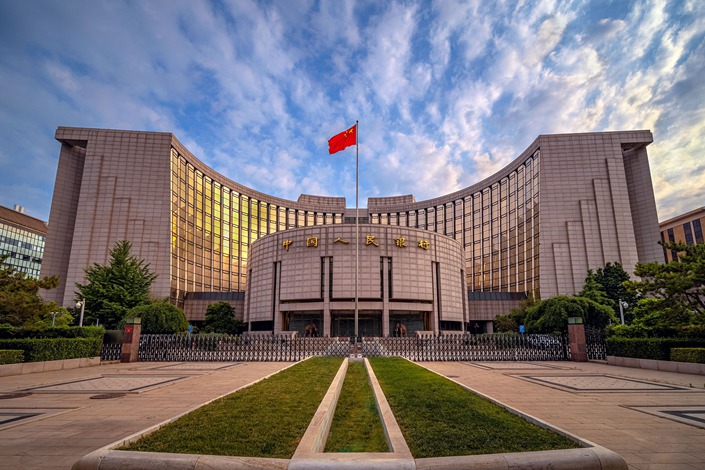China’s central bank takes more control over rates by adding temporary repos
The People’s Bank of China (PBOC) tightened its grip on interest rates, introducing a new mechanism to influence short-term borrowing costs as policymakers expand their toolkit to guide markets.
The central bank’s move to conduct new bond repurchase or reverse repo operations effectively narrows the corridor within which short-term rates can fluctuate. That will strengthen market expectations for the seven-day repurchase rate to become the new benchmark.
PBOC Governor Pan Gongsheng has been taking greater control of market liquidity and borrowing costs across the yield curve this year. On top of signalling the bank’s preference for a single short-term rate, policymakers have flagged that the PBOC is preparing to cool a bond rally by selling longer term securities, as investors pile into safe assets prompting fears of a bubble.
The PBOC’s latest policy move helped push up benchmark 10-year bond yields to their highest since May.
The additional open market operations will be conducted from 4 pm to 4.20 pm on weekdays as needed, the PBOC said on Monday. The term of the temporary repos and reverse repos will be overnight, and rates will be set at 20 basis points below and 50 basis points above the seven-day reverse repo rate, respectively.
The move is aimed at “ensuring reasonable and sufficient liquidity in the banking system and to improve the precision and effectiveness of open market operations”, the PBOC said.
“This will give the PBOC more control over short-term rates and create greater flexibility to manage fluctuations in liquidity,” said Duncan Wrigley, chief China economist at Pantheon Macroeconomics. “If selling bonds results in overly tight short-term liquidity, the PBOC now has new tools to manage that, to prevent a liquidity crunch.”
“It effectively narrows China’s interest rate corridor, from previously nearly 250 basis points to 70 basis points,” said Becky Liu, head of China Macro Strategy at Standard Chartered. “It will lead to a reduction of interbank rate volatility.”
“With reduced volatility, this rate will be used more widely as a benchmark reference rate across most assets and liability pricing across deposit rates and loan rates,” Liu added.





